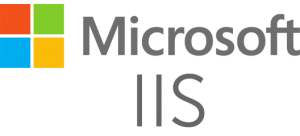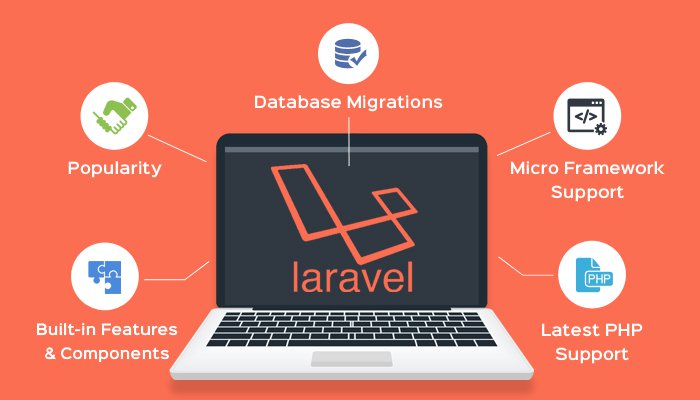Today I will be with you with an explanation about the definition of a web server and types of it.
Awareness of the definition of a web server and types of it. enables server administrators to choose the best web server available to suit their needs and get better services. For this reason, we are going to start by looking at what a web server is and what types of web servers are and what web server is right for your site.
What is a web-server?
When it comes to web servers, it means a system that responds to web browser requests, which receives requests and sends the requested page to the user. Simply put, the web server provides users with web pages.
A web-server, along with sending HTML content, provides other web page information such as JavaScript, photos, videos, and other content from the webserver. This way it can be said that all web hosts must get help from a web server in order to provide services to the user.
This has led you to evaluate your requirements before selecting a web server and choosing a web server that can meet your requirements. Experience has shown that the incorrect selection of a web server has had various problems, such as interruption of service.
It is interesting to know that any computer can be converted to a web server by installing software and web servers on the target computer. It goes without saying that depending on the volume of services that are expected from the web server, the web servers are individually or collectively selected.
You must consider factors such as the operating system, support for the programming languages, as well as security when selecting a web server.
Types of web servers
The variety of needs for different internet services has led to different web servers each offering their own different services and applications. Getting to know these web servers helps you choose the web server that suits your needs.
Apache Web Server

The first web server from this list is dedicated to one of the most popular web servers. This Apache web server is more than 7 years old and currently has more than 2 million websites serviced by it.
The main platform of the Apache webserver on the Linux platform, but it can also be installed on the Windows platform.
The Apache web server has many features, one of which is its open source. This feature has left developers open to more interaction and personalization with the Apache web server, and as a result, we are seeing more Apache development than other web servers. It’s interesting to know that the Apache webserver comes from a Native American tribe.
Apache webserver support for TCL, Python, Perl, and PHP are other reasons for the popularity of this web server.
Thanks to these languages, developers have developed many modules to interact more with Apache, giving administrators more control over and limiting server requests.
Interaction and control over 5,000 requests, htaccess support and HTTP / 2 protocol, limitations on active connections, Fault Tolerance capability, as well as Failover along with cache and Gzip support, are other features of the Apache webserver.
In addition, the Apache webserver allows for observation of sessions and users and can restrict active connections. This web server supports XML and CGI well.
LiteSpeed webserver

As the name implies, this web server is one of the fastest web servers on the web that is widely used for popular websites. Experience has shown that the LiteSpeed webserver load speed is about one-third faster than other web servers, such as Apache.
Of course, the features and speed of the LiteSpeed webserver will not be cheap for the customer, and unlike the other web servers mentioned above, you will have to pay for the license to access all the features of this webserver.
Fortunately, the purchase process, as well as the cost of the LiteSpeed web server, is not very high, and if you have the features of this webserver you can use this link to purchase the LiteSpeed webserver license.
Interestingly, the LiteSpeed webserver is very compatible with Apache, so we are seeing support for Apache web server capabilities like htaccess, Mod Security and Mod-Rewrite. These features enabled LiteSpeed to quickly take its place among other web servers and rank fourth.
Reducing maintenance costs and high speed are among the key features of the LiteSpeed webserver. These features have led administrators to doubt the right web server between LiteSpeed and Apache, so we’ve compared it to the Apache and LiteSpeed web servers.
Nginx webserver

This is a free and open-source web server, which is why Nginx is so popular. The web server is well compatible with the Unix, Windows and Mac platforms and is said, web-services have received about 12% of their services from Nginx web servers.
The Nginx web server has some great features and can handle more than 2,000 concurrent connections with only 1.2 MB of memory consumed. Interaction with Status files, Load Balancing implementation, Fault Tolerance, IPV6 full compatibility, FLV, and MP4 video stream formats, user observation, support for IMAP, SMTP and POP3 protocols are the main features of Nginx web server.
Needless to say, the Nginx web server does not support htaccess, which may seem like a weakness at first glance, but we know many reasons why the Nginx web server is increasing speed and performance due to lack of htaccess support.
Lighttpd webserver

At the Lighttpd web server, we are one of the safest web servers on the market, providing excellent service in high performance and high load situations.
On the other hand, this webserver requires very little resources compared to other web servers and is said that occupies the least amount of RAM.
The Lighttpd web server is equipped with advanced features such as FastCGI, CGI, and URL-Rewriting, which makes it a good choice for high traffic volume servers.
It’s interesting to know that the famous and high-profile YouTube website used to serve this web site in the past. On the other hand, some Apache modules can be used on the Lighttpd web server.
The Lighttpd web server supports Chroot and is equipped with the RRDtool statistical tool. This web server is built in a single process and interacts with several different threads. If you remember, the Lighttpd web server is highly secure, with a dedicated module to prevent DDoS attacks.
IIS (Internet Information Services) webserver

This web server is developed by Microsoft and we are dealing with a Windows side server that only serves the Windows platform. The Internet Information Services webserver, commonly known as IIS, supports HTTP, HTTPS, FTP, FTPS, SMTP, and NNTP protocols, and since it is embedded in Windows server versions we cannot say that it is a free web server.
The IIS web server is compatible with ASP.net and .Net programming languages and is also compatible with PHP. Restricting CPU usage for each application, various modules, and WebSocket protocol support are other features of IIS.
Note also that you only need to deploy an IIS web server when your application is developed with the .Net family. Otherwise, running IIS for other languages that Microsoft does not support may cause you problems in the future.
I hope you have enjoyed, be victorious and successful.





